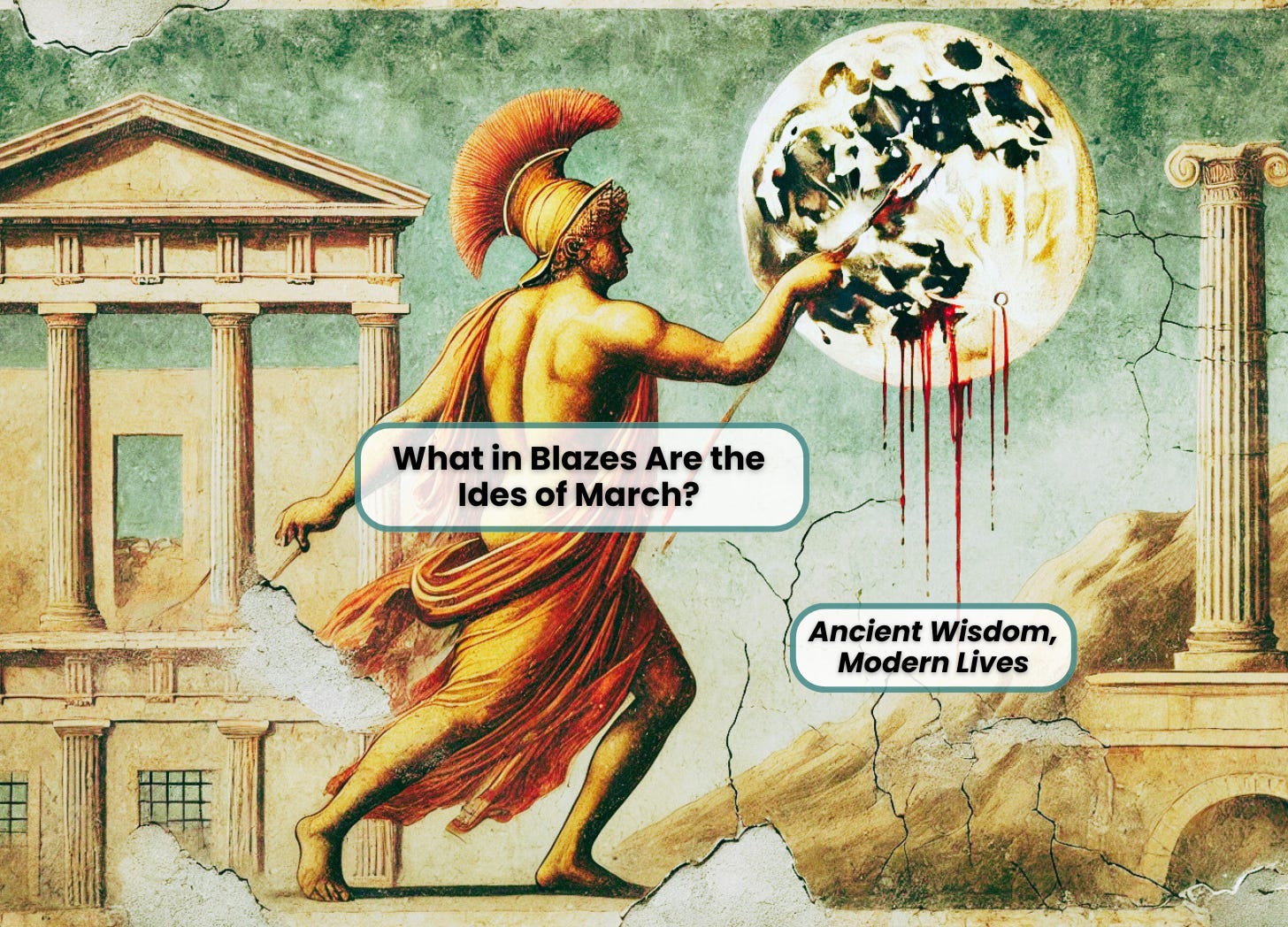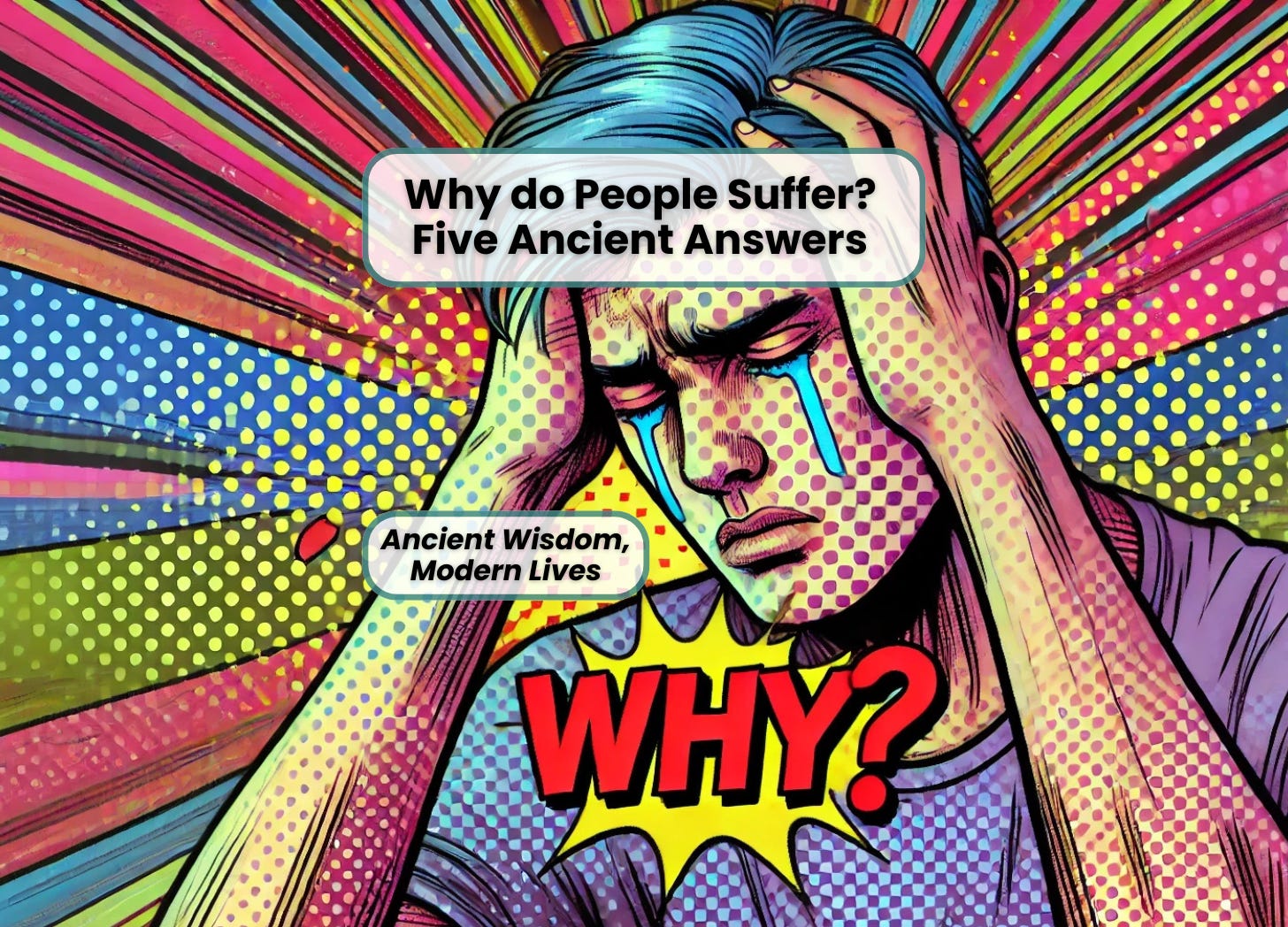Gazelles, Stags, and Other Romantic Images
This final line of Song of Solomon, reprising a phrase that appears twice earlier, references two animals which the female heroine tells her male hero to be like as he leaves.
The most common translation of these animals is “gazelle” and “young stag,” as in the NRSV “Make haste, my beloved, and be like a gazelle or a young stag upon the mountains of spices!” (A “stag” is an adult male deer.)
In English, calling a man a “gazelle” sounds very different than calling him a “stag.” The word “gazelle” generally represents speed and grace, while “stag” is generally more overtly sexual, as reinforced by the phrase “stag party” (bachelor party). Does the common translation, which combines these images, capture the point of the Hebrew? Or did the Hebrew words refer to other qualities?
The NLT prefers “young deer” over “young stag,” perhaps thinking that both animals in Hebrew were meant to convey speed and grace.
The Message goes in a slightly different direction with, “Run to me, dear lover.//Come like a gazelle.//Leap like a wild stag//on the spice mountains,” adding the words “leap” and “wild” (though I think all stags are wild, because deer can’t be tamed), and then joining them in a way that I find incongruous.
Marcia Falk (in her The Song of Songs) — perhaps recognizing that the imagery of “stag” in English is inconsistent with the point of the Hebrew — renders the line, “Go—//go now, my love,//be quick//as a gazelle//on the fragrant hills.”
I no longer actively write this blog, but you can find me at Ancient Wisdom, Modern Lives
Subscribe Now I'd love to see you there!My own guess is that both animals were meant to allude to physical motion, so “stag” doesn’t work in English.
I also think that this demonstrates an important facet of translation: words convey more than their literal meanings, and sometimes — as in the poetry here — the associations of a translation are more important than its literal accuracy.
Bible Bible translation NLT NRSV Song of Solomon Song of Songs The Message translation







5 Responses
In the charge – the first two – in the Song, we read
הִשְׁבַּעְתִּי אֶתְכֶם
בְּנוֹת יְרוּשָׁלִַם
בִּצְבָאוֹת אוֹ
בְּאַיְלוֹת הַשָּׂדֶה
אִם תָּעִירוּ
וְאִם תְּעוֹרְרוּ אֶת הָאַהֲבָה
עַד שֶׁתֶּחְפָּץ ס
I have rendered this as:
I have charged You,
daughters of Jerusalem,
by the hosts of roe
or by the goodly hart of the field,
if you arouse
or if you rouse this love
till it please
The phrase bitsevaot sounds like ‘of hosts’ and the phrase be-ailot sadeh sounds like El Shaddai. The game is played right to the end of the poem forming what to me is a deliberate frame.
Further to this, it seems to me that Hashem finds his way into the Song through this complex lattice and explicitly in Song 8:6 – רְשָׁפֶיהָ רִשְׁפֵּי אֵשׁ שַׁלְהֶבֶתְיָה
its coals are coals of the flaming fire of יָה
The flaming fire gives away the story. יָה has been in this work all along.
As always thanks for the posts – next month Lamentations – then Qohelet – then Esther and we’ll get through all the Megillot at least once. I bless Hashem for your patience with comments and questions.
Deer can be, and in England quite often are, kept in enclosed parks. They are kept for decoration and also sometimes for hunting and to be slaughtered for venison. Such deer can hardly be called wild, even if they are not exactly tame.
I always chuckle about the animals in older English Christian Scripture. The above is from the translator’s preface to the 1611 Authorized Version, where the non-Jewish Brits more or less threw up hands in defeat.
Thank you for this post.
–Some parts of the Bible seem far more dense with spiritual allegory than other parts. The gospels seem among the texts that are most densely packed with spiritual allegory. Revelation, of course, makes use of many different spiritual metaphors and chooses a style or genre of writing so as not to have to create much of a literal meaning.
–SOS is also dense with many different spiritual metaphors and even takes the trouble to give the text a romantic literal meaning on top of the spiritual allegory. A year or so ago when I was giving SOS a close look, it even occurred to me that perhaps the writer deliberately worked to fit in as many different spiritual metaphors as possible. Possibly, thinking that it could serve as a text that would catalog many of the spiritual metaphors that the writer was aware of.
–Without knowing what the spiritual community was like wherever SOS was written, it is hard to imagine exactly how the writer imagined it being used. But it occurred to me that studying SOS would be like learning the key to the metaphors in much of the rest of the OT. Or perhaps a spiritual seeker would study other books of the OT first, and at some point sit down with a master and be exposed to the SOS. His ability to grasp the metaphors of the SOS could give the master a quick read on how well he had grasped the other texts. Or perhaps the text was used in situations where an earnest seeker would be revealed by looking for the spiritual level of meaning, and someone less dedicated to the spiritual path would be distracted by the literal imagery and not see that another level of meaning existed.
–Feet are a metaphor for understanding in the Bible. I think it is very likely that a gazelle or any deer like animal is going to indicate a creature fleet of foot, in other words quickness to grasp spiritual understanding. Since it is “wisdom” that is hoping her lover has this characteristic, it fits well.